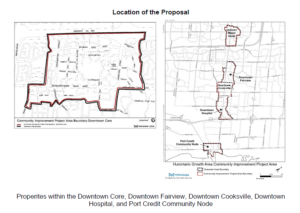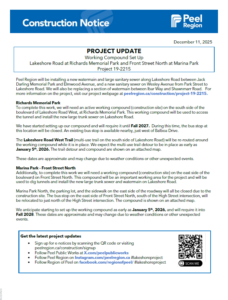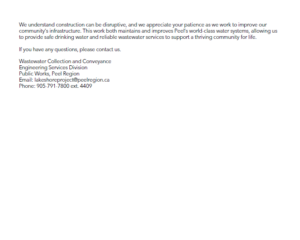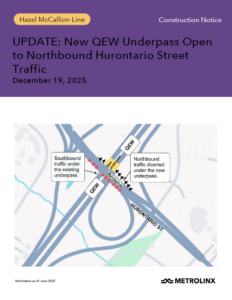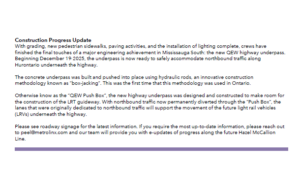Mark your calendar for January 6 when the City’s proposed 2026 Budget will be released. Share your feedback at one of our January Budget Committee meetings.
December 8, 2025
Save the date
In previous years, the City’s budget discussions took place in late fall. The City’s proposed 2026 Budget will be released on January 6, 2026 and Budget Committee meetings begin January 12, 2026. This new timeline ensures the total impact of the Region of Peel’s budget, including the cost of policing services, is considered during the City’s 2026 Budget discussions.
How to get involved in the 2026 Budget
The City of Mississauga’s proposed 2026 Budget will be available online at mississauga.ca/budget for public review starting January 6, 2026. Members of the public will have many options to provide feedback.
To ask questions or provide comments about the proposed 2026 Budget in person, submit a request in advance to speak at any of the Budget Committee meetings:
- Monday, January 12 at 9:30 a.m.
- Tuesday, January 13 at 9:30 a.m. and 6 p.m.
- Monday, January 19 and Tuesday, January 20 (if required) at 9:30 a.m.
Budget adoption is targeted for Wednesday, January 28 at 9:30 a.m.
The agenda for each of these meetings will be available on the Council Committee and Calendar page one week before the meeting date.
Budget feedback can also be shared directly with the Mayor, a Ward Councillor or emailed to budget@mississauga.ca.
To provide feedback by phone, call 311 or contact the Mayor or your Ward Councillor.
Who
All Mississauga residents, businesses and community groups can review the City’s proposed 2026 Budget in early January 2026 and provide feedback.
Where
Budget Committee meetings will be held in Council Chamber at City Hall.
Mississauga City Hall – Council Chamber, second floor, 300 City Centre Dr., Mississauga, ON
For those who can’t attend, Budget Committee meetings will also be live streamed.
Why
The budget and property taxes enable the City to invest in services that truly matter to residents and their families. This includes fire and emergency services, MiWay transit, libraries, maintaining infrastructure like sidewalks, bridges, roads, parks and trails and supporting small businesses.
How
Use these resources to get budget-savvy. Learn what makes up the budget, what types of City infrastructure is included, how much property taxes are collected and how they are used.
- Understanding your 2025 taxes
- How the City budget works
- How the City gets money
- How the City spends money
- What infrastructure is owned and maintained by the City
- Why infrastructure matters
- What’s important to know about taxes
Learn more at mississauga.ca/budget.




